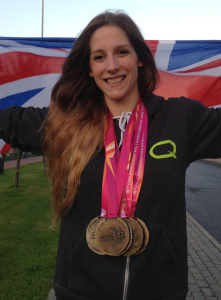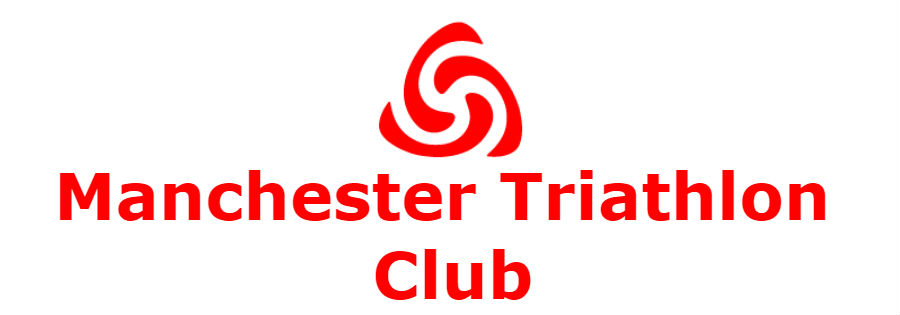S&C – or strength and conditioning to give it its full name, what is it, why is it useful?
Often S&C brings up images of muscle bound strength based athletes, and for endurance sports participants there can be a fear that they will get too muscular and muscle bound, and additionally there can be a perceived image of the culture within a gym set up that doesn’t match that of triathletes. But let’s cut to the heart of the issue, as a triathlete why should you undertake S&C –
Because triathlon has three disciplines there is a degree of protection from overuse injuries and there is a benefit of a cross training effect. However Freestyle, running and cycling all focus on a forward plane of motion, and unless done with great technique encourage a front dominated muscle recruitment, relying on quads, abdominals and chest, and encouraging the body to be more flexed forward. For your average triathlete who may also ‘fly a desk’ during the day, this problem is exacerbated. If you’re lucky the balance of the sports will keep you fit and injury free, but all too often many triathletes suffer from niggles at best, and injury when it’s worse. Physio treatment can often remove the symptoms, and for those of you who listen to the physio and do the exercises continually can treat the cause. But we all know that doing exercise on your own is hard to do and not as much fun as going for a training session. A good well managed S&C programme delivers sessions that are targeted at common problems for triathletes, primarily that the rear chain, calves, hamstrings, glutes and back don’t work well or at least not in concert with each other. Additionally a well delivered programme can make the hard work required, fun and engaging.
For many people remaining injury free and enjoying their training and racing is enough. For others performance is a key attribute. One you have sorted out basic movement patterns and the body is recruiting the correct muscles for the right movements, you can then, and only then start to think about adding strength. Whilst triathlon is fundamentally an endurance sport, for true performance often the limiter is the amount of strength an athlete can exert. If you aren’t moving correctly the chances of injury are high, and the ability to produce the highest force you should be capable of are low. Again functional movement based S&C (i.e. what we are organising within the club) can solve both these issues, and would lead to being able to work at a higher level. We are lucky to have within the club Emma Gage, who having been an elite swimmer until 2010, recently returned to competitive swimming after 4 years out, and has come back with a bang, smashing her old performances. See her for a Blog written about the return.
http://www.qdosfitness.co.uk/blog/2014/11/11/does-crossfit-compliment-swimming.aspx
If you want to know what happened – the results are mightily impressive –
- Gold – 50 Fly 27.10 seconds, Masters World record
- Gold – 100 free 56.96 seconds, Masters World record
- Gold – 50 free 25.73 seconds, Masters British record
- Silver – 100 fly 1 minute 1.93 seconds, Masters British record
http://www.swimming.org/masters/golden-week-masters-swimming-russia/

So whether you just want to keep enjoying sport and have some fun, or want to reach the peak of your own personal potential S&C sessions are for you.
